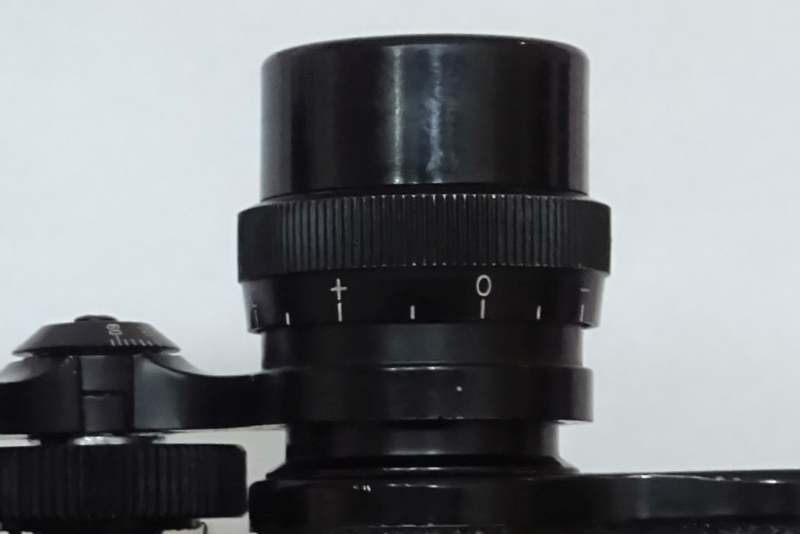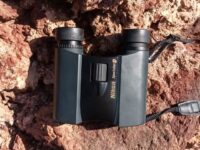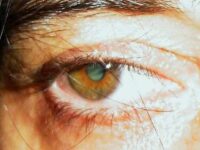Binoculars consist of two parallel telescopes, hence the name “binocular” which refers to “binocular vision” which means “seeing with two eyes”.
Most people do not have the same eyesight in both eyes and see differently sharp. The eyes have different refractive power (diopters). Even the best binoculars require that in order to see properly and fatigue-free with both eyes, the user must set the diopter compensation correctly
For this purpose, binoculars have a diopter adjustment on at least one of the eyepieces. With its help, the different refractive powers of the eyes can be compensated.
Why Diopter adjustment
Many people are not even aware of the different eyesight of their eyes, because the brain has the ability to compensate for small refractive errors. However, if you look through binoculars for a long time, this strain can lead to eye fatigue or headaches.
With the binocular diopter adjustment, you can compensate for any deviations in the eyesight. The adjustment is mostly located on the right eyepiece and allows fine focusing of this particular eyepiece.
How To Adjust Binocular Diopter
Binoculars have two focus adjustment options so that the observed object can be shown perfectly sharp.
One is the central focus wheel. It is, as the name suggests located in the middle, usually as a large, easy-to-use adjustment wheel, between the two barrels. Turning it moves both eyepieces simultaneously either inwards or outwards.
The other is the diopter compensation which can be found in at least one of the two binocular eyepieces, one speaks of a so-called single eyepiece compensation.
In order to see an object sharply with both eyes, the binoculars must be adjusted to the visual strength of both eyes.
Proceed as follows:
- Choose an object at a suitable distance and close your right eye
- Now use the central focus wheel to bring your left eye into focus
- Then close your left eye and focus your right eye with the diopter adjustment
- If you now open and close both eyes alternately, the image should be sharp for both eyes
- Once the diopter compensation is properly adjusted for your eyesight, all you have to do is use the center focus wheel to refocus when viewing objects at different distances.
What is the maximum Diopter Adjustment?
The maximum diopter adjustment can be read under the technical specifications of the particular model. Usually, the diopter adjustment for most models is +/- 3 diopters. However, there are also some models among the premium binoculars that have a dioptric correction of up to +/- 8 dpt.
In the case of much greater differences in the eyesight, the differences must be compensated with glasses, so one is better off with binoculars that are especially suitable for people who wear glasses.



